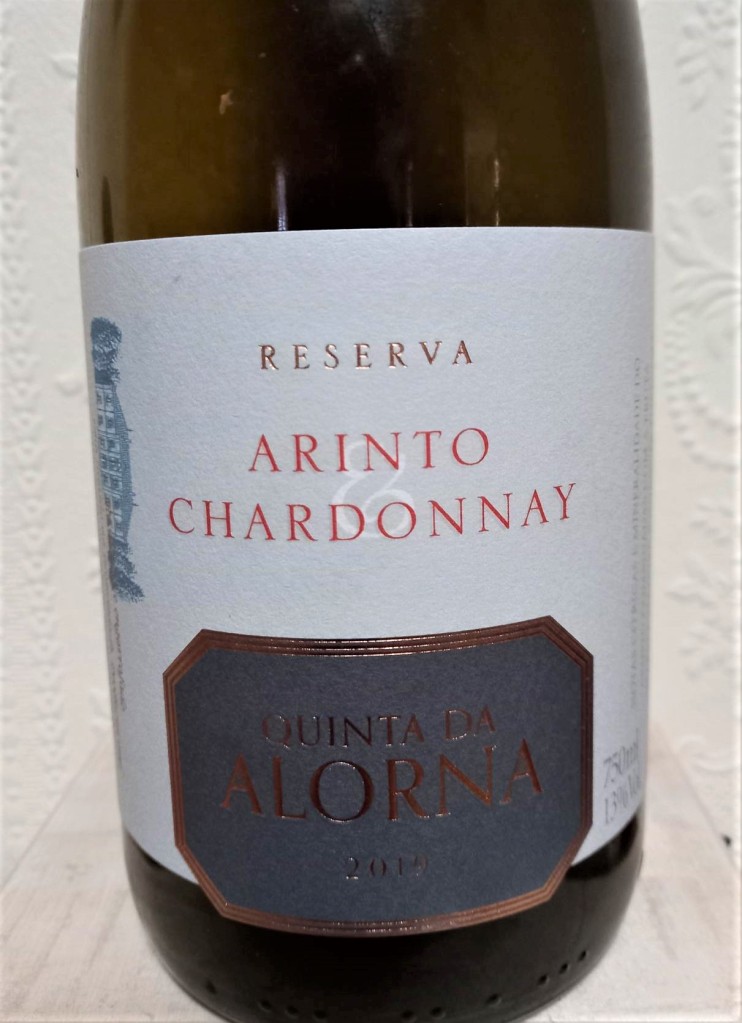Even among lovers of Portuguese wine, the name Bucelas is largely unknown. It’s a DOC, the Portuguese equivalent of the French ‘Appellation Contrôlée’, from vineyards just to the north of the Portuguese capital, Lisbon, but, until The Wine Society put an example on their list recently to mark their 150 years of trading, I can’t remember ever tasting it. So why should The Society celebrate their important milestone by selling such a rarity? Apparently, Bucelas was the first wine the ‘International Exhibition Cooperative Wine Society’ (as it was known then) sold after its formation in 1874 and so their anniversary was an opportune moment for them to put it back on their list. Originally sold for 19 shillings for a dozen bottles – for those of you too young to remember pre-decimalisation coinage, that’s the equivalent of about 8p a bottle! – the crisp, fresh white is today £13.50.
Made from the local Arinto grape variety, this is medium-bodied and unoaked with lovely apple and lime flavours and quite a long, savoury finish. An excellent aperitif or to accompany lighter fish dishes – sole or plaice, perhaps – or oysters. Lovers of good Muscadet or Loire Sauvignon should certainly give this a try.
But how did a wine that was obviously popular and well-known in late Victorian times, become so obscure now? In the late 19th century, many of the world’s vineyards were infested with Phylloxera, a bug that attacks the roots of vines. This decimated the wine industry and, although a solution was eventually found (re-planting vines on phylloxera-resistant American vine rootstocks), this was an expensive process. Numerous smaller growers in places like Bucelas chose a cheaper alternative and planted hybrid vines. These produced poorer quality wines and sales never recovered. Indeed, by the 1970s, there was only 1 Bucelas producer left, with much of the remaining land being taken over for more profitable market gardens.
A revival began in the early years of this century, cemented in 2019 when the major Portuguese producer, Sogrape, bought Quinta da Romeira with ambitious plans for its development. If the Wine Society example we tasted, produced at Romeira, is typical, Bucelas will be a name worth looking out for in the future.
And finally, don’t forget that English Wine Week this year runs from 15th to 23rd June. What better excuse for opening a bottle of the local product?

